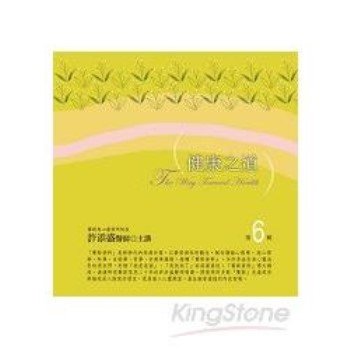The two memoirs in this volume are, coincidentally, both from the widows of officers who were graduated in the Naval Academy’s class of 1910. Even so, they are strikingly different in tone. Frances Smalley Mitscher was born on 25 Otcober 1890 in Tacoma, Washington, the daughter of attorney and judge Francis A. Smalley. She married Ensign Marc Andrew Mitscher on 16 January 1913. Admiral Mitscher, born in Hillsborough, Oklahoma, on 26 January 1887, died while serving as Commander in Chief Atlantic Fleet in February 1947. Mrs. Mitscher died in 1982 and is buried beside her husband at Arlington National Cemetery. In her oral history, Mrs. Mitscher provides a wife’s-eye view of one of the U.S. Navy’s most famous admirals of World War II. In so doing, she reveals facets of his personality that only she saw. She recognizes that he was a different man at home than on board ship, and she describes the portion of his life that she shared. One gains a realization of the large degree that her life was shaped by her relationship with Marc Mitscher. She went where his career dictated, and thus her interests were dictated largely by her husband’s interests. Mary Taylor Alger Smith was born on 1 May 1892 in Washington, D.C., the daughter of naval officer Philip R. Alger and the former Louisa Taylor. She married Ensign Roy Campbell Smith Jr. on 1 August 1912. Commander Smith, born in the quarters of the Naval Academy Superintendent (his grandfather) on 1 August 1888, retired from the Navy with a physical disability in 1938 and died in 1946. Mrs. Smith died in 1987 and is buried buried beside her husband at Arlington National Cemetery. In her oral history, Mrs. Smith addresses the theme of dependency to an even larger degree than does Mrs. Mitscher. With a wry sense of humor, Mrs. Smith dwells on the inconveniences that go with raising a Navy family at home and abroad (the Smiths had four children). She had to find solutions to a good many problems that don’t confront a mother rearing children entirely in the United States. One reads here about difficulties in dealing with the cultures in such places as China and Panama, and the ways in which her children got into the sort of scrapes that children inevitably do. In addition to being a Navy wife and Navy mother, Mrs. Smith was also a Navy daughter. Her earliest recollections in this memoir extend back to the early 1900s when she was living on the grounds of the Naval Academy, where her father was a professor and an early secretary-treasurer of the Naval Institute. In engaging fashion, Mrs. Smith describes the simplicity of an era long since past-a time before telephones and automobiles were common and when radio and television had yet to be invented.
| FindBook |
有 1 項符合
Reminiscences of Mrs. Marc A. Mitscher and Mrs. Roy C. Smith Jr.的圖書 |
 |
Reminiscences of Mrs. Marc A. Mitscher and Mrs. Roy C. Smith Jr. 作者:Mitscher 出版社:US Naval Institute Press 出版日期:2017-01-10 語言:英文 規格:精裝 / 244頁 / 27.94 x 21.59 x 1.42 cm / 普通級/ 初版 |
| 圖書館借閱 |
| 國家圖書館 | 全國圖書書目資訊網 | 國立公共資訊圖書館 | 電子書服務平台 | MetaCat 跨館整合查詢 |
| 臺北市立圖書館 | 新北市立圖書館 | 基隆市公共圖書館 | 桃園市立圖書館 | 新竹縣公共圖書館 |
| 苗栗縣立圖書館 | 臺中市立圖書館 | 彰化縣公共圖書館 | 南投縣文化局 | 雲林縣公共圖書館 |
| 嘉義縣圖書館 | 臺南市立圖書館 | 高雄市立圖書館 | 屏東縣公共圖書館 | 宜蘭縣公共圖書館 |
| 花蓮縣文化局 | 臺東縣文化處 |
|
|
圖書介紹 - 資料來源:博客來 評分:
圖書名稱:Reminiscences of Mrs. Marc A. Mitscher and Mrs. Roy C. Smith Jr.
|







![塔木德:猶太人的致富聖經[修訂版]:1000多年來帶領猶太人快速累積財富的神祕經典 塔木德:猶太人的致富聖經[修訂版]:1000多年來帶領猶太人快速累積財富的神祕經典](https://media.taaze.tw/showLargeImage.html?sc=11100697818)



